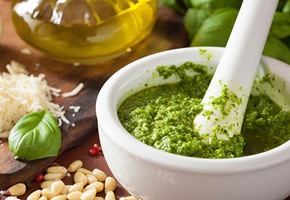
How to explore Italy like a local
20/06/2025 · By Tim Hall
Expert Great Rail Journeys Tour Manager and blogger Tim Hall discusses how to explore Italy with his top tips and advice about food, drink and culture.
Read more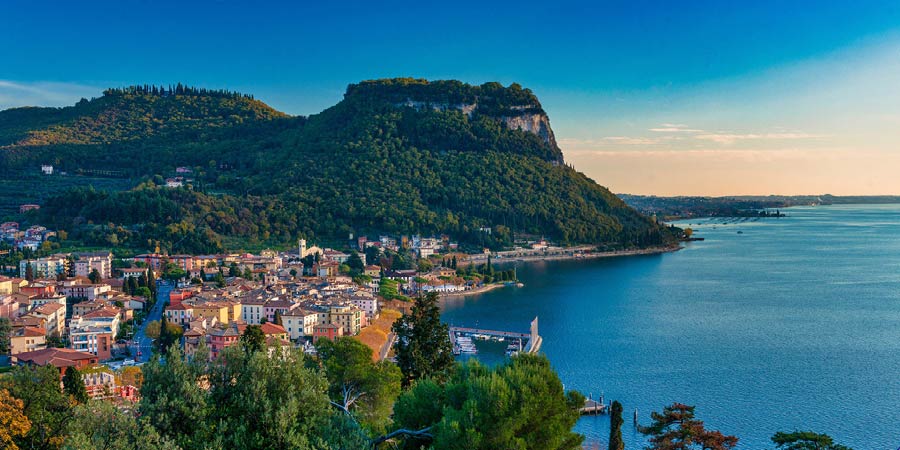
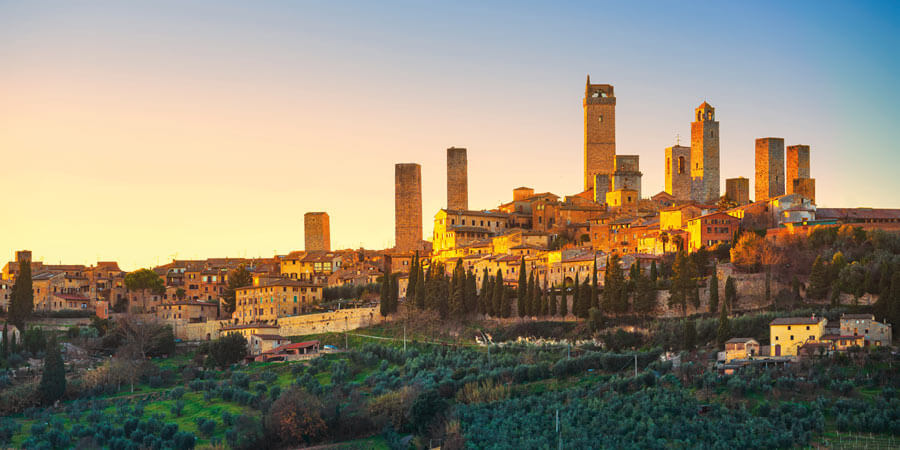

From the eternal city of Rome to Renaissance Florence, popular Lake Garda to the hidden lakes of Iseo, Maggiore & Orta, the magical islands of Sicily and Sardinia to timeless Tuscany, Italy offers something for everyone, and never fails to enchant.
On an escorted holiday by rail, we introduce you to Italy's highlights and hidden gems, from the classic sites of Rome, Pompeii or Venice to the unsung destinations of Puglia or Calabria.
Explore Sorrento and the Amalfi Coast, the Italian Riviera & Portofino or join us on a Top-to-Toe of Italy tour to discover the country's rich diversity. Indulge in Italy's celebrated cuisine, jaw-dropping art and architecture, and embrace La Dolce Vita on one of our customers' favourite tours.
Inspired by Italy but prefer to do it your own way? Plan your adventure using our independent holidays section.
Find out more with a free brochure and enjoy weekly travel inspiration and offers in our e-newsletter.

 (304 reviews)
(304 reviews)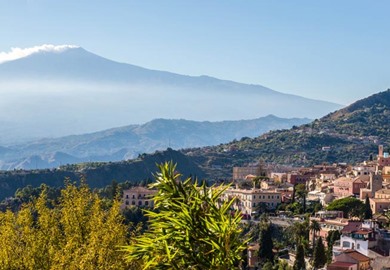
 (55 reviews)
(55 reviews)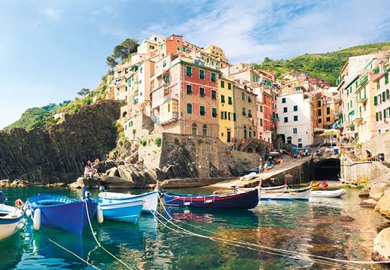
 (330 reviews)
(330 reviews)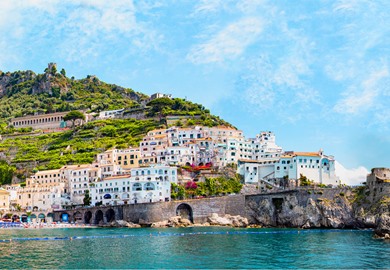
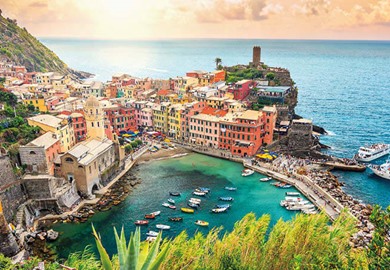
 (234 reviews)
(234 reviews)
 (82 reviews)
(82 reviews)Our exclusive 2025 tours - perfected over more than 50 years - reveal the very best of enchanting Italy, from exploring the cultural treasures of Rome and Florence to gliding through Venice's iconic canals and soaking up the sunshine along the Amalfi Coast. To discover Italy's historic cities, serene lakes, and rolling vineyards, as well as the rest of Europe's treasures, view our new brochures now!



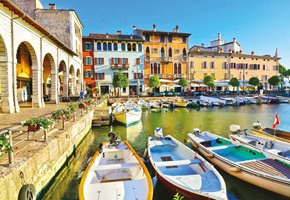
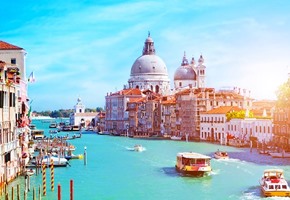
 (304 reviews)
(304 reviews)The historic lakeside town of Desenzano, set on the southern shores of Lake Garda, is our charming base. With a peaceful harbour, a characterful old town and an efficient rail service, we are perfectly placed for exploring. This delightful holiday includes a cruise to enchanting Isola del Garda to visit the opulent Villa Borghese-Cavazza and a...
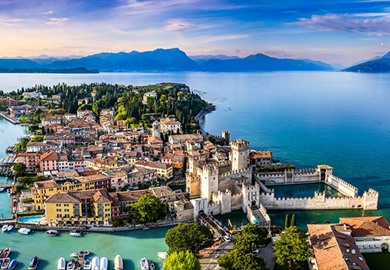
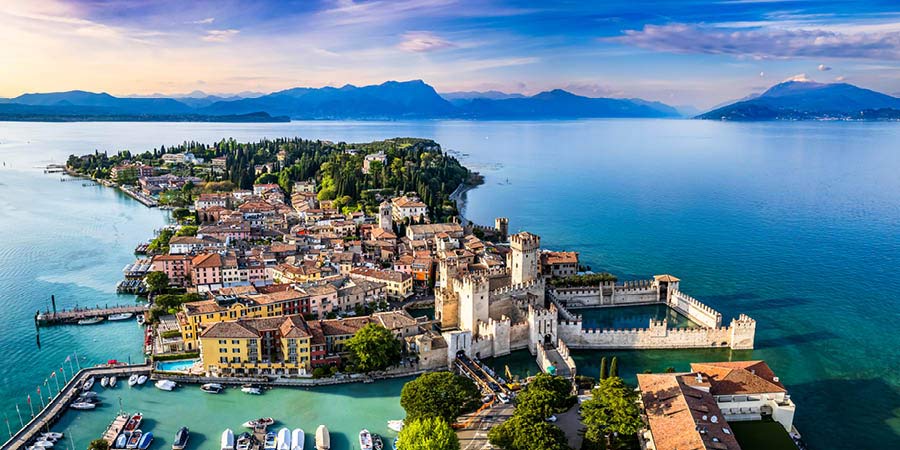
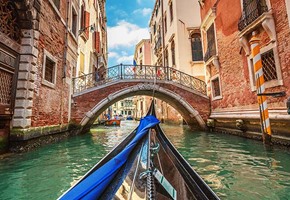
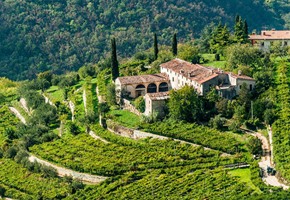
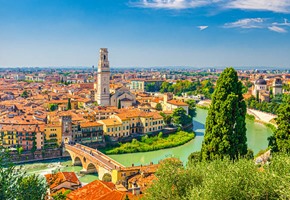
 (366 reviews)
(366 reviews)Based in the fortress town of Sirmione, set on a picturesque peninsula overlooking Lake Garda, and staying in an elegant spa hotel, this captivating holiday includes unforgettable experiences. Join us as we glide through Venice's turquoise canals on a gondola ride - passing Venetian palazzos, intriguing architecture and Byzantine churches -...


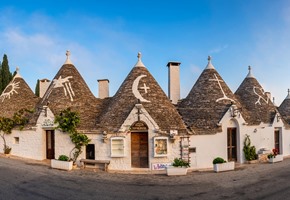
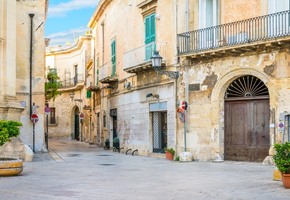

 (595 reviews)
(595 reviews)Experience Italian traditions on a relaxing, GRJ all-inclusive holiday to the unspoilt heel of southern Italy. Arriving by plane, enjoy a scenic base in a hotel overlooking the coast of Monopoli, a short distance from a white sandy beach. From here, we explore Puglia, a place untouched by the hands of time. Discover the spectacular trulli homes...


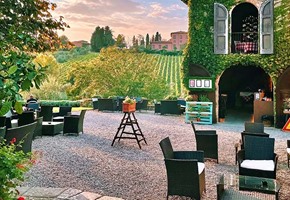
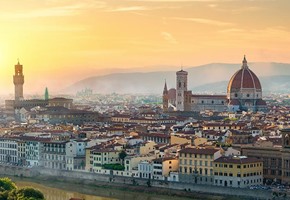
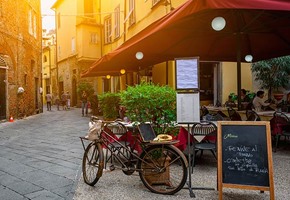
 (237 reviews)
(237 reviews)Savour the glorious colours, aromas and flavours of Tuscany on a holiday that highlights the true beauty of the region. Discover the great Renaissance city of Florence, visit the Renaissance-era Il Borgo Machiavelli, for a historical cellar visit followed by dinner, and explore the iconic monuments of Pisa. On this sumptuous Tuscan escape we also...


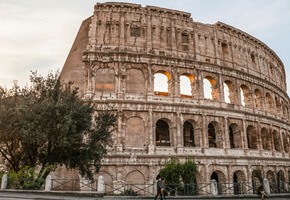
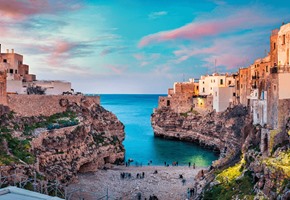
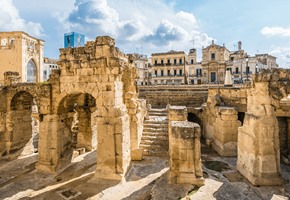
Embark on an extraordinary holiday which combines history, fascinating culture and opportunities to relax beside the coast. The tour begins amid the iconic sites of ancient Rome before exploring less-visited Puglia and Basilicata in Italy's southern heel. On sightseeing excursions, encounter unique architecture, including the UNESCO-listed cave...

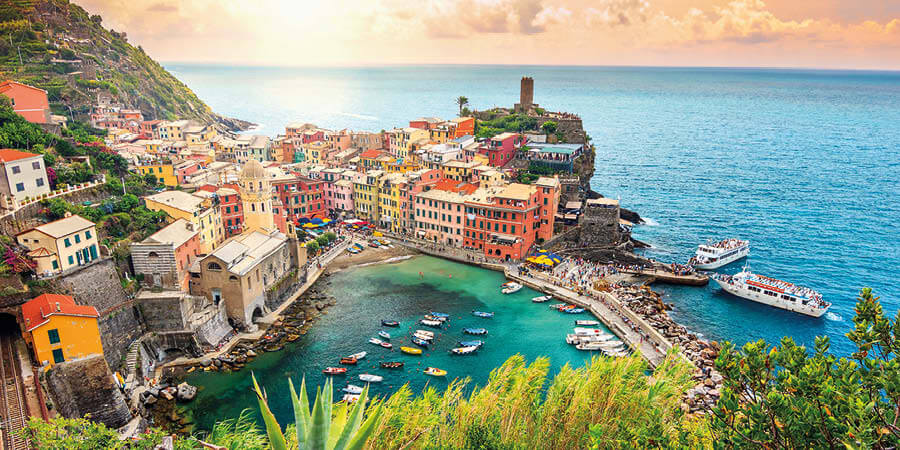
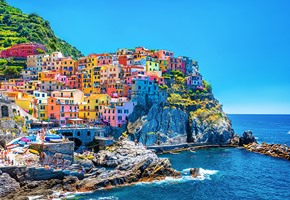
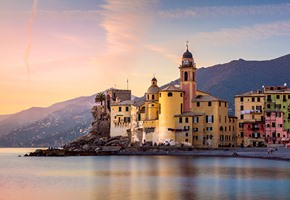
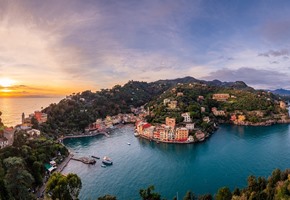
 (234 reviews)
(234 reviews)Discover the towns and villages of the Italian Riviera, which sparkle beside the Mediterranean Sea, as we explore the Cinque Terre and the city of Portofino. Explore the pastel-hued fishing village of Camogli, and relax in Sestri Levante - a town between two bays. Sail to San Fruttuoso abbey, set in a secluded cove, only accessible by boat. ...


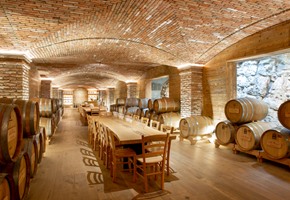
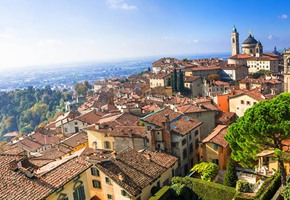
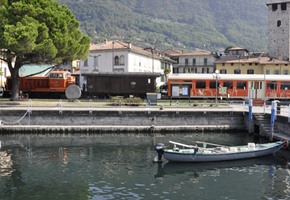
 (36 reviews)
(36 reviews)Dappled with charming medieval villages, undiscovered Lake Iseo boasts world-class food and drink. Taste the exquisite flavours of the region during a sumptuous dinner and wine-tasting of Italy's acclaimed sparkling wine at a Franciacorta winery and aboard the 'Train of Flavours'. Savour views of this serene lake from an elegant hotel in Sulzano...


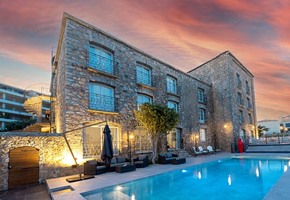
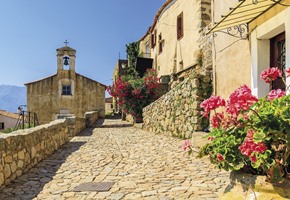
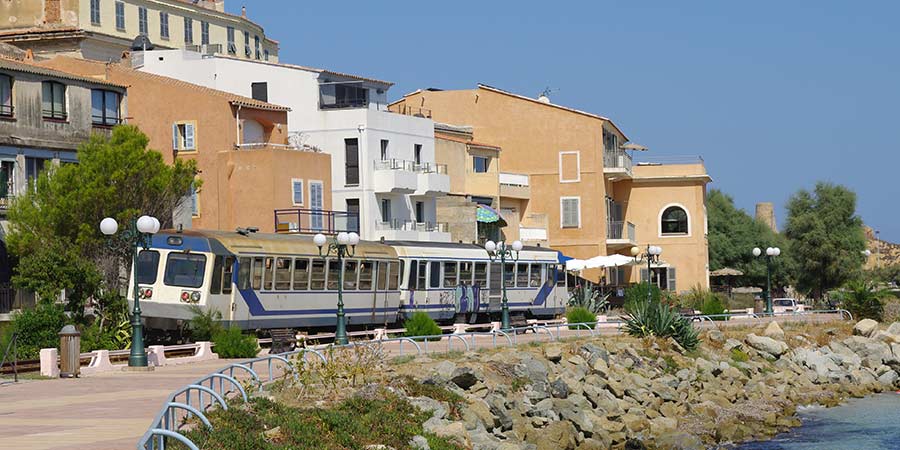
Soak up the laid-back island lifestyle in this 'forgotten corner of Europe'. Explore the glistening coast of unspoilt Corsica, a paradise of old-world French towns and hilltop villages, connected by charming train journeys through spectacular scenery. Indulge in the delicious cuisine of Sardinia, discover beautiful historic towns, and delve into...


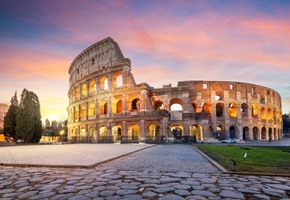

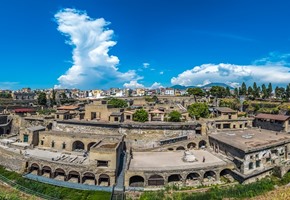
Uncover the beauty of one of Europe's most visually stunning and romantic regions, the captivating Amalfi Coast. This culture rich holiday begins with two nights in the 'Eternal City' of Rome, before we continue to pretty Sorrento with its colourful harbour overlooking the stunning Bay of Naples, gateway to Capri and the Amalfi Coast. Excursions...


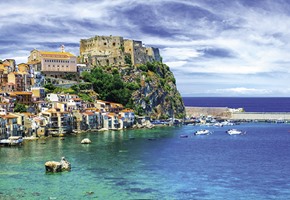
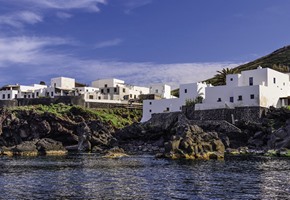
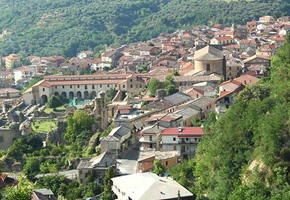
 (108 reviews)
(108 reviews)Fly direct to the unspoilt toe of Italy to uncover the hidden beauty of Calabria on this GRJ All Inclusive holiday based in the lovely coastal village of Tropea. Cruise to the volcanic island of Stromboli, the 'lighthouse of the Tyrrhenian Sea', to witness its colourful eruptions by night. Discover the timeless towns of Scilla and Pizzo on the...



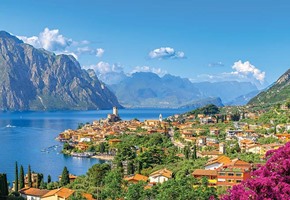
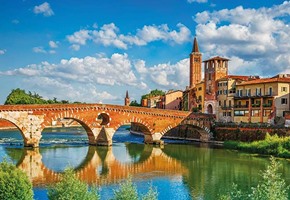
 (231 reviews)
(231 reviews)Soak up the laid-back atmosphere of one of Italy's most beautiful lakes on a GRJ All Inclusive holiday to peaceful Lake Garda. Sail to the idyllic lakeside towns of Sirmione and Malcesine to uncover colourful streets, impressive scenery and amazing views. Enjoy guided tours of two of the region's most fantastic and fascinating cities as you...

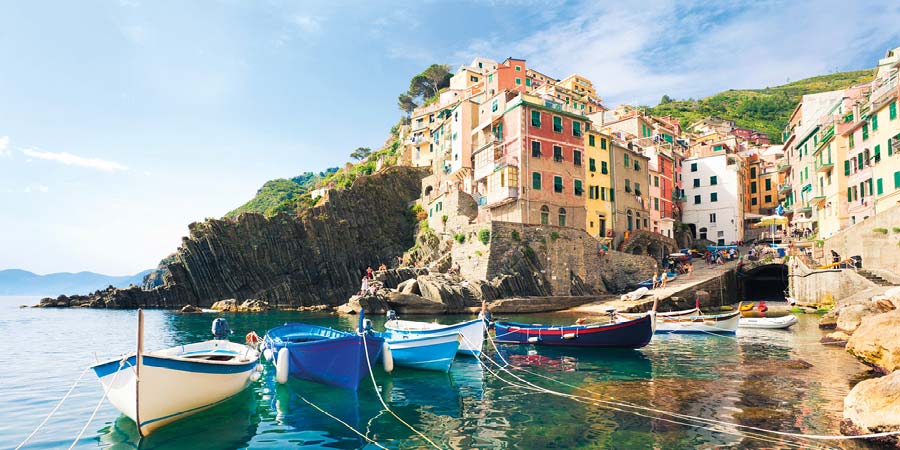
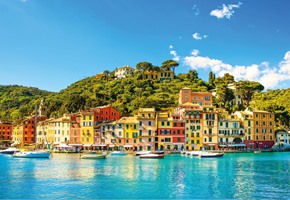
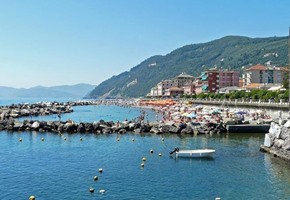

 (330 reviews)
(330 reviews)Explore the delightful Italian Riviera from a base in Chiavari and view the colourful cliffside Cinque Terre villages on a cruise. Relax on a cruise to glamorous Portofino, a popular village set within a natural harbour, before uncovering San Fruttuoso abbey, located on a beach in a peaceful cove. Delve into the history of Genoa, the former city...
Discover our non-escorted Independent Rail Adventures. Click here to explore a world of freedom, crafted by over 50 years of luxury travel expertise.
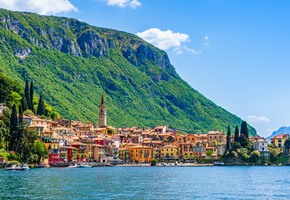
From popular Lake Garda to less-visited Iseo or Orto, the Italian Lakes promise cinematic vistas, alpine peaks and a mild climate. Cruise azure waters to tiny islands, explore historic villas, and savour fresh seafood. Stay in lakeside towns, visit medieval villages, in this beautiful region where olives, cypresses and date palms grow.
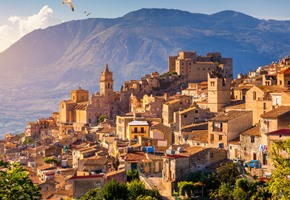
Setting the world standard in style, Italy's cities are steeped in history, culture and time-honoured tradition. Whether you're exploring the ancient treasures of Rome, the glories of Renaissance Florence, or the ethereal atmosphere of Venice, Italian cities offer unique art, architecture and celebrated cuisine.
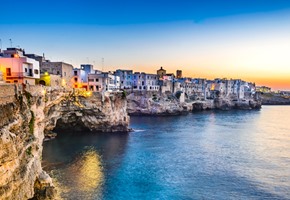
With sun-drenched landscapes, rich history, and unique dwellings, southern Italy has diverse appeal. Experiences range from the enchanting Amalfi Coast to ancient Pompeii, the fascinating 'trulli' homes of Puglia, the World Heritage Site of Matera and Sicily's ancient temples. Discover this unspoilt coastal region where culture and tradition intertwine. .
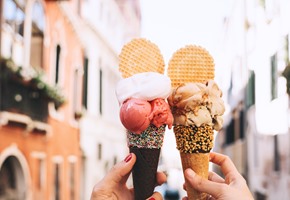
Italy's inventive spirit and attention to detail is reflected in even the simplest dishes. Menus often feature pasta and mouthwatering pizza, with unique regional variations which capture the country's diverse flavours. From the seafood of Sorrento to the rustic specialities of Tuscany, Italy has a culinary treat for every taste.